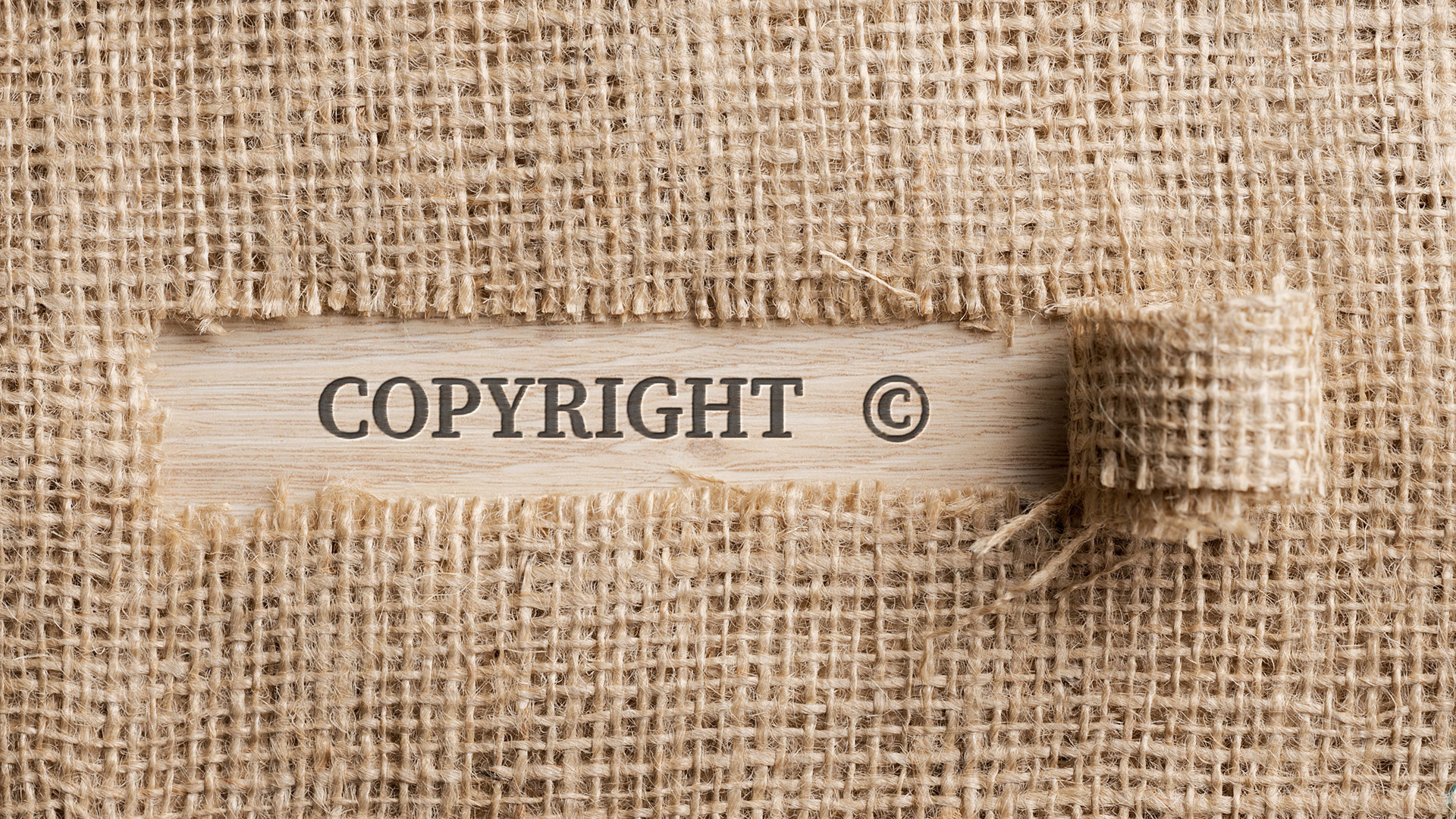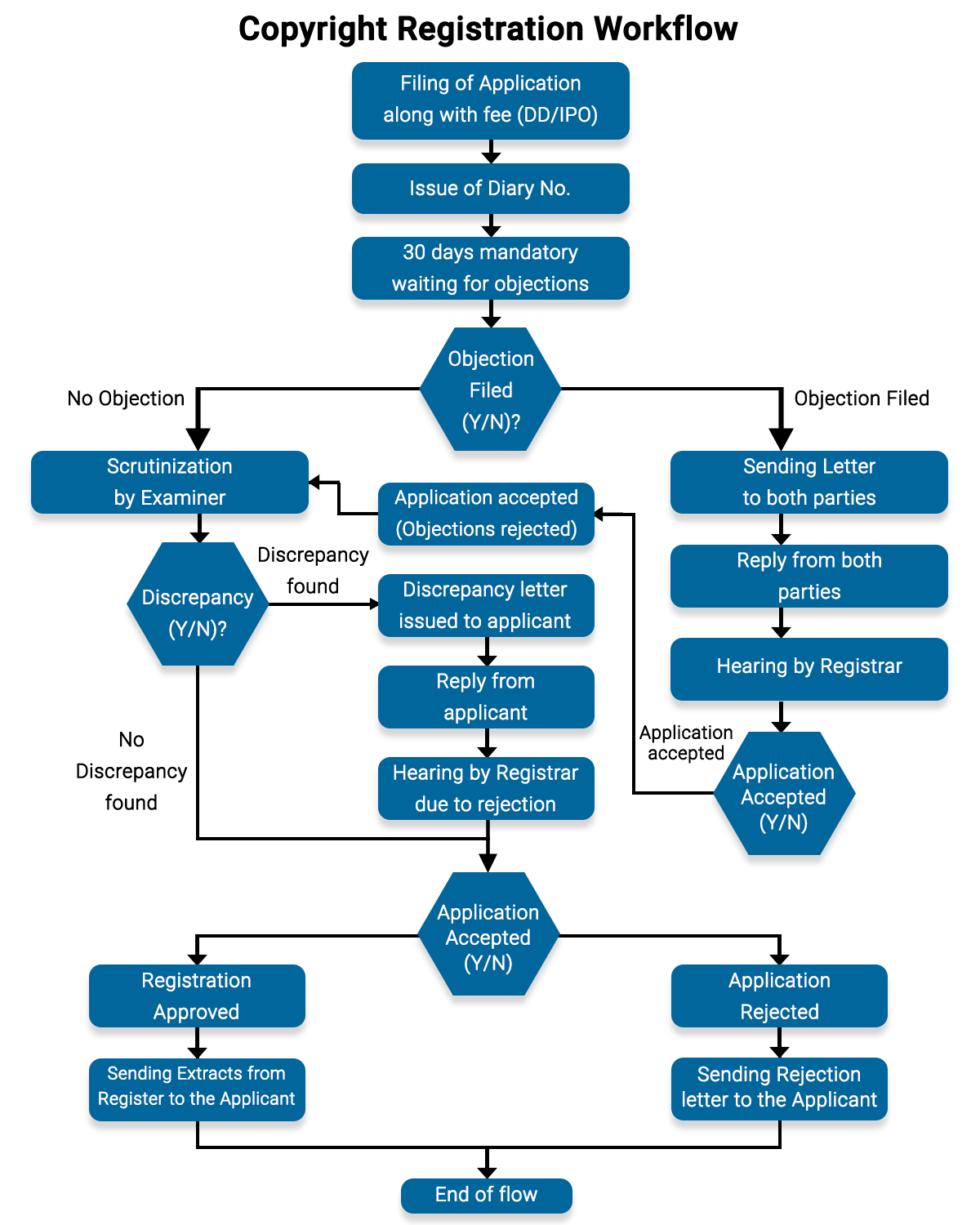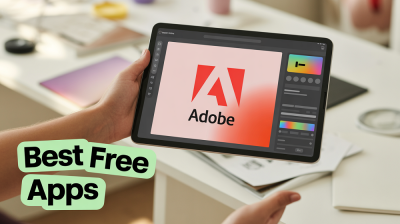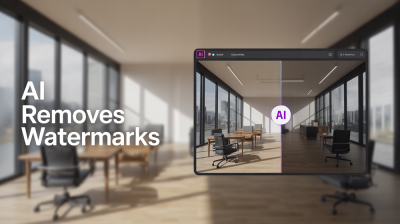Getty Images is a leading provider of visual content, offering millions of high-quality images, videos, and music tracks. Founded in 1995, it has become a go-to source for businesses, advertisers, and creators seeking to enhance their projects with stunning visuals. However, using these images isn’t as simple as just downloading and sharing; copyright laws come into play!
Copyright is essential in the world of creative works, ensuring that creators retain control over their content. For Getty Images, this means enforcing copyright to protect their extensive collection from unauthorized use. Understanding how Getty navigates copyright issues can help users avoid legal pitfalls and respect the rights of creators.
Overview of Copyright Laws Relevant to Getty Images

Copyright laws are designed to protect original works, granting exclusive rights to creators. In the context of Getty Images, these laws are crucial for maintaining the integrity of their vast library. Here are some key aspects to understand:
- What is Copyright? Copyright is a legal term that gives the creator of original works exclusive rights to use and distribute their creations. This includes photographs, illustrations, and videos.
- Duration of Copyright: Generally, copyright lasts for the life of the creator plus 70 years. For works created by corporations, such as Getty, the copyright may last for 95 years from publication.
- Fair Use Doctrine: This legal principle allows limited use of copyrighted material without permission. However, fair use is subjective and varies case by case, making it a tricky area for users of Getty Images.
Getty Images employs a robust legal framework to protect its content. This includes:
- Licensing Agreements: Users must acquire licenses to use Getty’s images, which outline how the content can be used and any restrictions that apply. Ignoring this can lead to legal action.
- Monitoring Usage: Getty actively monitors the internet for unauthorized use of its images, using technology and legal teams to track down infringers.
- Legal Action: When copyright infringement is identified, Getty may pursue legal action to recover damages or enforce compliance. This can result in significant penalties for those who misuse their content.
For anyone looking to use Getty Images, understanding copyright laws is essential. Not only does it help in staying within legal boundaries, but it also fosters respect for the creative work of photographers and artists. So, whether you’re a business or a content creator, always remember to check the licensing terms before using any images!
Also Read This: What Should I Shoot for Shutterstock? Tips for Capturing Marketable Images
3. Step-by-Step Process of Filing for Copyright at Getty Images

Filing for copyright at Getty Images can seem daunting, but it’s quite straightforward when you break it down into manageable steps. Here’s how the process typically unfolds:
- Gather Your Material: Before you file, ensure that you have all the relevant materials ready. This includes your images, videos, or any other content you want to copyright. Make sure they are in their final form, as you’ll need the original files for submission.
- Create an Account: If you haven’t already, you’ll need to create an account on the Getty Images platform. This account will be your gateway to managing your submissions and tracking the status of your copyright filings.
- Access the Copyright Filing Section: Once logged in, navigate to the section dedicated to copyright filings. Getty Images typically provides clear navigation to this area, making it easy to find the forms you need.
- Fill Out the Application: You’ll need to complete the copyright application form. This form will ask for detailed information about your content, including the title, description, and the date of creation. Be as thorough as possible; this helps in the protection of your work.
- Upload Your Work: After completing the form, you’ll be prompted to upload your images or videos. Ensure that the files are high-resolution and meet Getty’s specifications to avoid any delays in processing.
- Review Your Submission: Before hitting that final submit button, take a moment to review your application. Double-check all the details to ensure accuracy. Missing or incorrect information can lead to complications down the line.
- Submit and Await Confirmation: After you’ve reviewed everything, submit your application. Getty Images will usually send you a confirmation email acknowledging receipt of your application. Keep an eye on your inbox for updates!
- Follow Up: If you don’t hear back within the expected timeframe, don’t hesitate to follow up. It’s always good to stay proactive about your submissions.
That’s it! By following these steps, you can successfully file for copyright at Getty Images, giving your work the protection it deserves. Remember, the key is to be thorough and patient throughout the process.
Also Read This: Access Getty Images Legally and Free for Your Projects
4. Case Studies: Notable Copyright Cases Involving Getty Images
Getty Images has been involved in several high-profile copyright cases that highlight the complexities of intellectual property rights in the digital age. Here are a couple of notable cases that stand out:
Case Study 1: Getty Images vs. Microsoft
In this landmark case, Getty Images sued Microsoft for copyright infringement after images from Getty’s extensive library were found on Microsoft's Bing search engine without proper licensing. The court ruled in favor of Getty, emphasizing the importance of respecting copyright laws and properly licensing content. This case underscored the necessity for companies to vet their content sources thoroughly to avoid infringement.
Case Study 2: Getty Images vs. The New York Times
Another significant case involved Getty Images and The New York Times, where Getty alleged that the newspaper used images without appropriate licenses. The case raised questions about fair use and the rights of content creators versus the needs of media outlets. Ultimately, the court favored Getty Images, reiterating that even well-respected publications must adhere to copyright laws.
These cases illustrate the ongoing challenges and importance of copyright in the digital era. They serve as a reminder for creators and companies alike to respect intellectual property rights and ensure they are using content legally and ethically. With the rapid growth of digital media, understanding these legal frameworks is crucial for anyone involved in content creation.
Also Read This: Understanding the Risks of Unauthorized Image Use from Getty
5. Implications of Copyright Violations for Creators and Users
Copyright violations can have serious ramifications, not just for those who infringe but also for the creators of the content. Let's break down the implications:
- Legal Consequences: Creators, including companies like Getty Images, often take legal action against violators. This can result in hefty fines and even court cases, which can be costly for both sides.
- Reputation Damage: If a creator is found to be using copyrighted material without permission, it can tarnish their reputation. In the digital age, where branding is everything, a public legal battle can have lasting negative effects.
- Loss of Revenue: For users, especially businesses that rely on images for marketing, using copyrighted images without permission can lead to financial losses. Getty Images, for instance, often seeks compensation that can be a significant amount, sometimes even exceeding the value of the original license.
- Injunctions: Courts may issue injunctions that prevent users from using the copyrighted works, which can disrupt business operations, especially if those images are critical to branding or advertising campaigns.
- Educational Impact: On a broader scale, copyright violations can discourage creativity and innovation. If creators feel their work is not protected, they may be less likely to share or develop new content.
For users, understanding the implications of copyright violations is crucial. Always consider the source of images and the rights associated with them. A simple mistake can lead to complex legal issues that might have been easily avoided with proper diligence.
6. How to Protect Your Own Images: Lessons from Getty Images
Protecting your images is just as important as creating them. Here are some practical lessons we can learn from Getty Images and similar organizations:
- Register Your Work: While copyright protection is automatic upon the creation of an image, registering your work with the copyright office provides legal advantages, including the ability to sue for statutory damages.
- Watermark Your Images: Consider adding watermarks to your images. This can deter unauthorized use and ensure that your name remains associated with your work, even if it's shared without permission.
- Use Licensing Agreements: Clearly outline how your images can be used by others. This can be done through licensing agreements that specify the scope of usage, duration, and compensation.
- Educate Your Audience: Utilize platforms to educate potential users about the importance of respecting copyright. Informing them about the implications of using images without permission can foster a culture of respect for creators.
- Monitor Usage: Employ tools and services that help you track where and how your images are being used online. This can alert you to unauthorized usage and allow you to take action.
By taking proactive steps, you not only protect your own work but also contribute to a healthier creative ecosystem. Taking a page from Getty Images can ensure that artists and creators receive the respect and compensation they deserve!
 admin
admin








